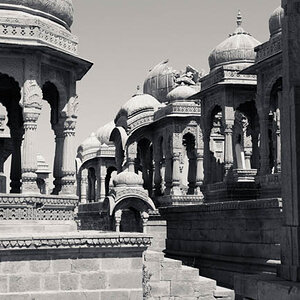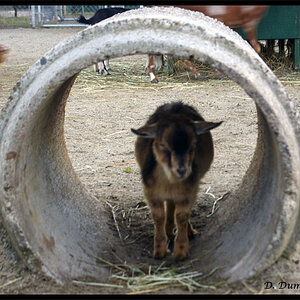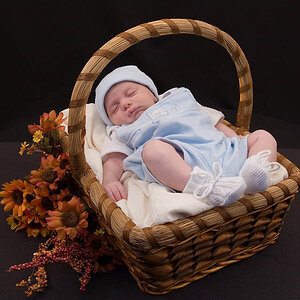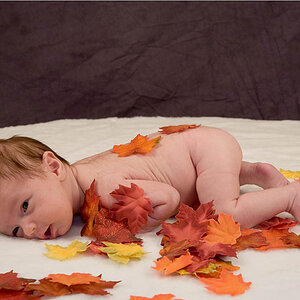Innocence
TPF Noob!
- Joined
- Sep 17, 2006
- Messages
- 140
- Reaction score
- 0
Not to start a flame fest, but....haha i was studying, and then I had a [dodgy] brainwave.
why 1.6x crop sensor cameras wont live long.
Because of the megapixel to sensor size ratio.
its already reaching (reached?!) it's optimum, and for there to be better resolution, the physical sensor has to increase!
Ok that's it.
Thought I'd jsut tell you guys cos you're my only friends . :lmao:
why 1.6x crop sensor cameras wont live long.
Because of the megapixel to sensor size ratio.
its already reaching (reached?!) it's optimum, and for there to be better resolution, the physical sensor has to increase!
Ok that's it.
Thought I'd jsut tell you guys cos you're my only friends . :lmao:






![[No title]](/data/xfmg/thumbnail/35/35269-511d1e0ac8ed5256fd706829d2ecb719.jpg?1619736972)





![[No title]](/data/xfmg/thumbnail/35/35268-34a315519597f60516d59124092e9bc2.jpg?1619736971)
